Laclau and Mouffe’s discourse theory


Laclau and Mouffe’s discourse theory
In their seminal 1985 Hegemony and Socialist Strategy (second edition with a new introduction 2001), Laclau and Mouffe present a rather complex discourse theory. They claim to oppose a number of theoretical traditions (notably, Michel Foucault), to an extent follow Louis Althusser, certainly borrow a lot of Jacques Lacan, but most importantly confuse a lot of readers with numerous new concepts. In this little post, I want to elaborate a little on the common concepts that are necessary for us to understand their discourse theory. For once, I will give some visual aides to explain their position in better detail (with many thanks to my old professor who used to draw on the blackboard to explain Claude Lefort, but that’s for another article).
Let me first note, very briefly, that both Laclau and Mouffe claim to work in a post-Marxist framework. For them, the essentialist character that Marxism took in the 20th century, namely to focus on economy as conditioning the political structure is simply misguided (i.e. super- and sub-structure). They thus work from a Gramscian background that questions the dominance of economy. It is for this reason that they call themselves post-Marxists: post-Marxist insofar they “renounce any epistemological prerogative based upon the ontologically privileged position of a ‘universal class’”; but also post-Marxist insofar their conception of hegemony follows “certain intuitions and discursive forms constituted within Marxism” (Hegemony and Socialist Strategy p. 4).
In this post, I will spend a paragraph or so to present each of the notions they utilise for their discourse theory, such as elements, moments, articulation, etc., which can be a little daunting on first read. As will become clear, these are in fact rather straightforward notions that, once understood individually, will make their complex discourse theory less complex.
Definitions: elements, moments, nodes
Laclau and Mouffe follow the post-structuralist tradition that aims to deconstruct structuralism. We should not conflate post-structuralism with post-modernism – not only because after all these years it is not really clear what post-modernism is, even to the so-called post-modernists. In fact, as has been noted again and again, there is not much ‘post-‘ in the post-modernists, and their concerns, bar a few radicals, are the concerns of the modernist tradition. Moreover, in a different work (2005 On the Political, 2013 Agonistics), Mouffe clearly states not to follow the post-modern tradition. For Laclau and Mouffe, post-structuralism is a way to approach (Ferdinand de Saussure’s) very influential structuralist linguistics. For de Saussure, what a sign means is attached to a variety of notions that are not the meaning of said sign. We can think of signs as modes of differentiation – in the sense of how certain notions are differentiated from other notions, but also in the sense that one can differentiate between a cat and a dog.
Laclau and Mouffe, in turn, refer to three kinds of signs: ‘elements’, ‘moments’, and ‘nodes’. As promised, let’s look at a drawing that will explain these signs:

Figure 1 – Nodes A and B are moments, node C is an element. The connection between A and B is called an articulation.
Each individual bubble represents a node. Nodes A and B represent moments, and node C represents an element. As you can see, A and B are connected by a line – this line is what Laclau and Mouffe call an ‘articulation’. It is through articulation that different elements become connected in a discourse. What we see in the above figure, in other words, is that it is through articulation that various elements in the public realm are joined together. Once joined, Laclau and Mouffe call these connected elements ‘moments’.
Clearly, more than two elements can be connected in order to form various discourses. The very basis of Laclau and Mouffe’s discourse theory is precisely in the articulation through which different elements can become part of the public discourse. Let us look at the next figure where this should become more apparent:

Figure 2 – Node A is the nodal point that connects other nodes. Discourse is thus the configuration of the nodes around nodal point A.
All the nodes except node C are connected (i.e. articulated) and together form public discourse. As you can see, these nodes surround a single node A – this is for Laclau and Mouffe the ‘nodal point’ (a term they borrow from Lacan). We can see in practice how certain elements are necessary for other elements to be articulated, and thus connected, to other elements. A very simple (and perhaps a little simplistic?) example is the recent addition of a + to LGBT. By itself, the + does not signify anything in the public realm, its articulation depends on the nodal point that is the LGBT movement.
Discourse theory
So far I have freely used the term ‘discourse’, while for Laclau and Mouffe it is a more technical term. Nodal point A and the articulations through which other nodes are connected to it, is not yet what Laclau and Mouffe call discourse. After all, we have so far called these moments. In the Hegemony and Socialist Strategy, Laclau and Mouffe emphasise that discourse is exclusionary. I emphasise this book, because Laclau seems to distance himself from that view in his later New Reflections (1990), while Mouffe keeps to this view until today. That is to say, discourse, unlike moments, is defined by excluding some elements – it does not only state what it is, but also what it is not.
In the Figure 2 above, nodal point A and the connected nodes B-D-E-F-G thus stand in opposition to element C. For Laclau and Mouffe, discourses are ‘enclosed’ totalities – hence their use of the term ‘closure’ when speaking of discourse. In their estimation discourses exclude what they are not from penetrating into the public discourse. That is to say, as an enclosed totality, discourse inhibits the very possibility of changing its own formation – or to put it simply (or perhaps simplistically?), through discourse various events can be said to have meaning, and this meaning furthermore is given a closure and cannot be rearticulated.
Hopefully that is clear enough, but it does get a little more complicated. While Laclau and Mouffe present discourses as enclosed totalities, their position is of course in maximisation of ‘freedom and equality for all’. This is possible by changing the connections – that is, by rearticulating the moments. This is why Laclau and Mouffe speak of ‘fields of discursivity’ (Hegemony and Socialist Strategy, p. ix) – what is at stake for them is precisely the possibility of rearticulating discourses. A final drawing may help illustrate this point better:

Figure 3 – A ‘competing’ discourse, with the nodal point C. As a reminder, nodes A and F form a moment.
What we can see here is another discourse which ‘competes’ (not their word) with the previous one. We can see that some moments are similar, while some other moments are created. We can also see that there is a different nodal point (in this case, nodal point C). The competing discourses are not necessarily antagonistic – sometimes they stand parallel to each other, while at other times they stand in opposition to each other. When the latter is the case, we speak of antagonisms; or what Mouffe later calls ‘ontological antagonism’ (On the Political, p. 16). In her view, we must come to terms with this ontology if we are to understand the true value of liberal democracies (and of course if we are to have a meaningful democratic ‘society’).
Hegemony
Now that we have clarified all these terns, the core conception of their work – i.e. hegemony – should fall into place. Hegemony is precisely this relation between different competing discourses. Laclau and Mouffe aim to replace the more static notion of ideology (not to be confused with Zizek’s notion of ideology!) that is the relation between super- and sub-structure. For Laclau and Mouffe hegemony makes possible to understand why identities are not fixed within a particular discourse – why the working class changes its alliances, why gender becomes a political notion, why religion enters and leaves public discourse, etc.
To be more precise, Laclau and Mouffe follow Lacan in the view that desires are never fully fulfilled. Precisely because desire cannot be fulfilled, it creates a void in our identities which yearn for closure. This yearning for closure makes us accept discourses (which as you remember are ‘enclosed totalities’), albeit temporarily. We thus continue looking for other discourses through which a fulfilment could be achieved (sidenote: this is yet another post ending with ‘desires’, what does that say about me?).
References:
Laclau, E., & Mouffe, C. (2001).Hegemony and Socialist Strategy; Towards a Radical Democratic Politics (2nd ed.). London & New York: Verso.
Laclau, E. (1990). New Reflections on the Revolution of Our Time. London: Verso.
Mouffe, C. (2005). On the Political. London: Routledge.
Mouffe, C. (2013). Agonistics. London: Verso.
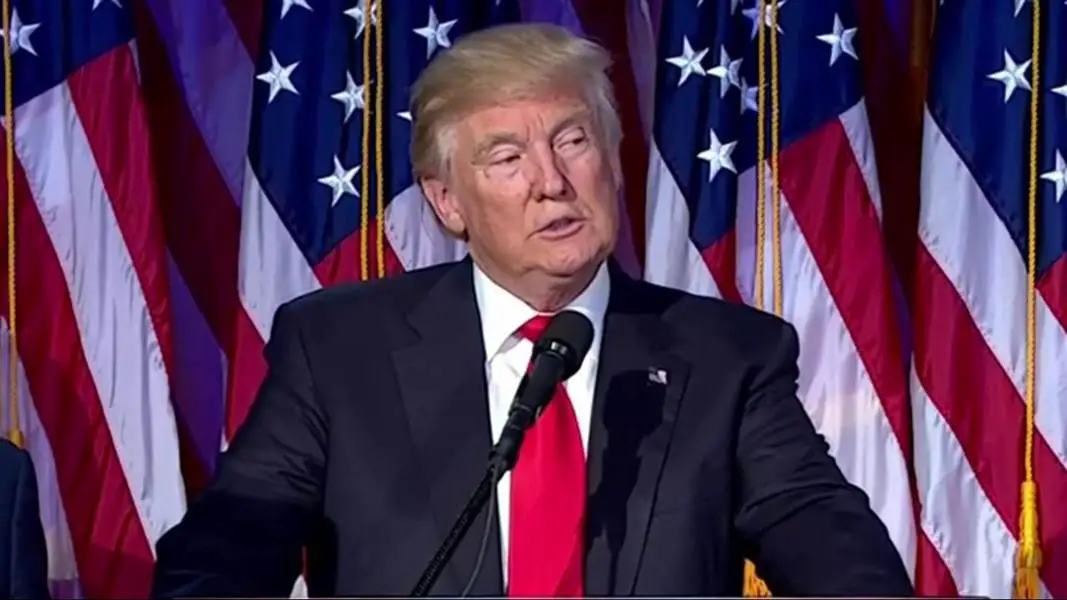
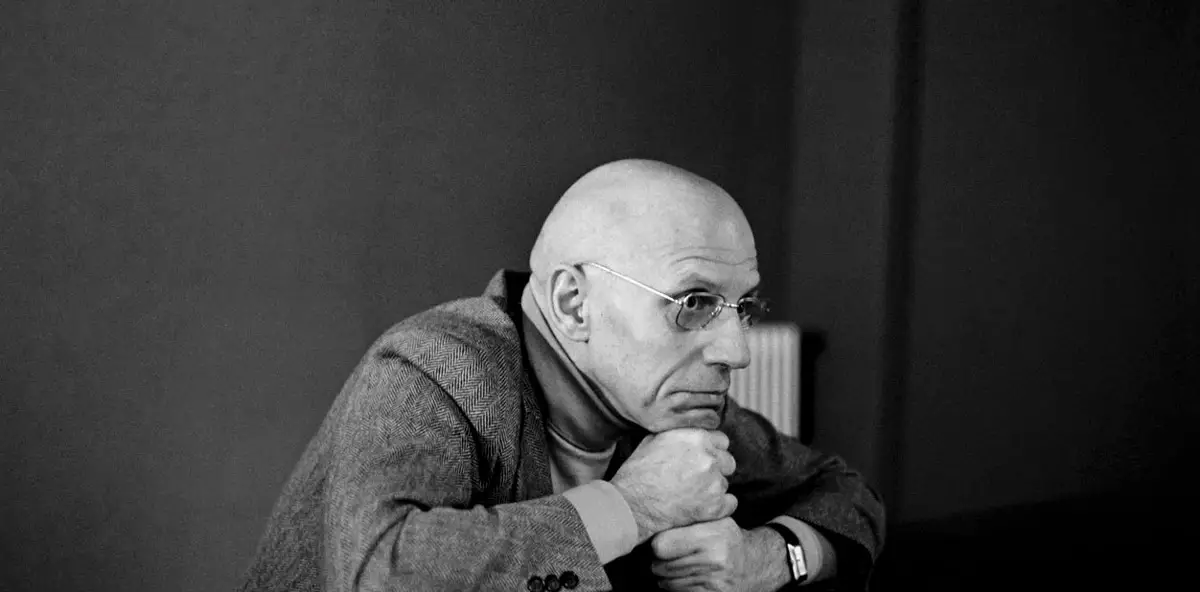
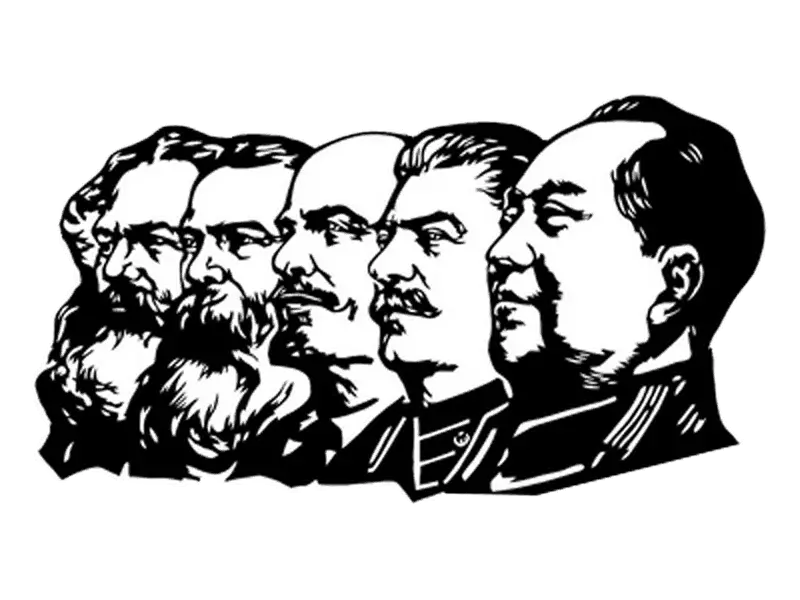

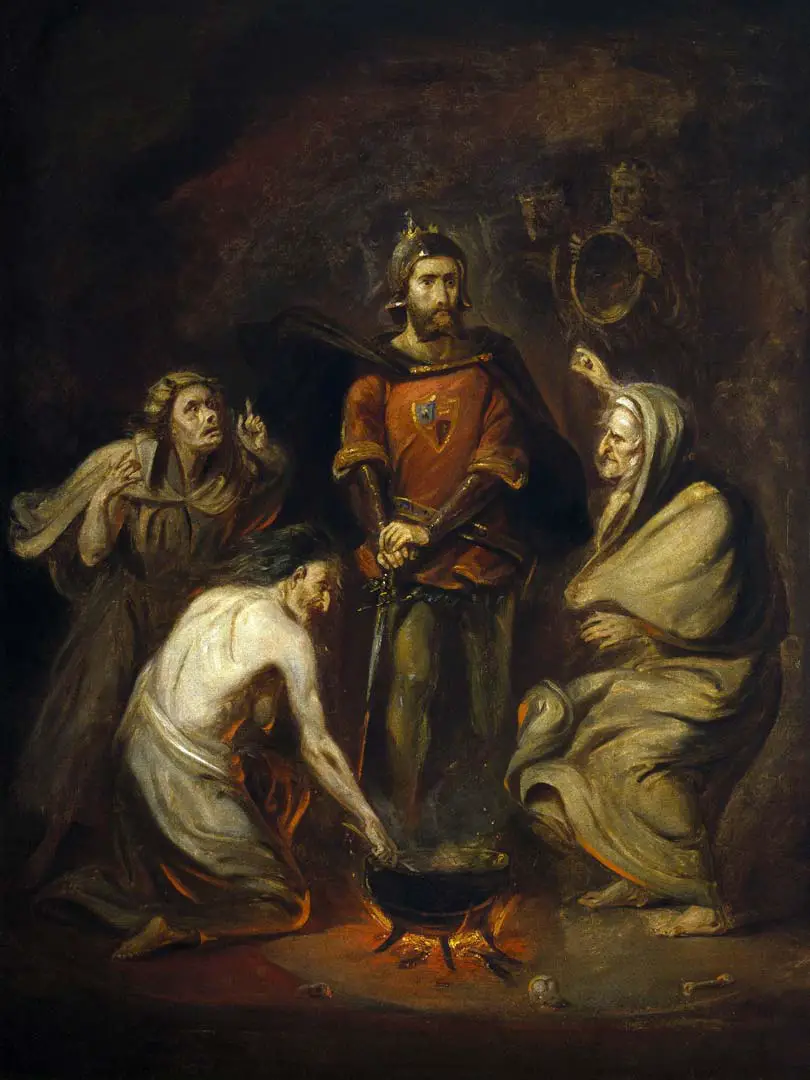
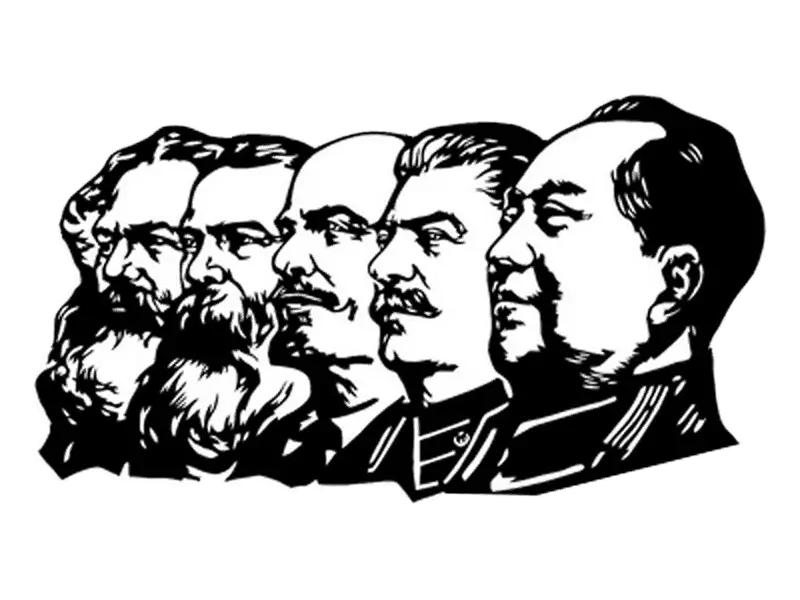
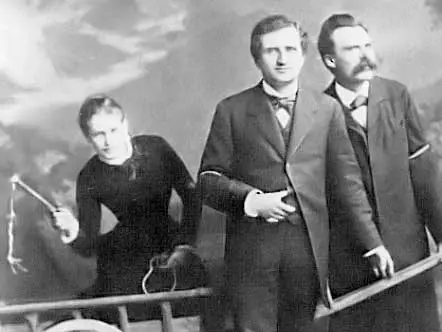


I would really like to cite this site in my masters thesis (since it have finally made it more clear what Laclau and Mouffe intend with their teminology). However, i don’t know where the name of the author/authors are?
I hope it’s not just me who can’t search properly on your site!
While I do not encourage the use of a blog (any blog for that matter) in an MA dissertation, the APA reference would look like this:
Belinski, I. (2017). Laclau and Mouffe’s discourse theory, retrieved on 24 April 2018: https://paradoxoftheday.com/laclau-and-mouffes-discourse-theory/
In case you need my full name, it’s Ippolit Belinski.
Now, because I do not encourage the use of blogs for MA dissertations, there are a few good articles on L&M’s discourse theory, one published by myself. If you tell me precisely what it is that you are finding useful here (perhaps through email), I could possibly direct you to a peer-reviewed journal instead.
Thanks Ippolit, very useful blog! Hope your PhD went well (is going well).